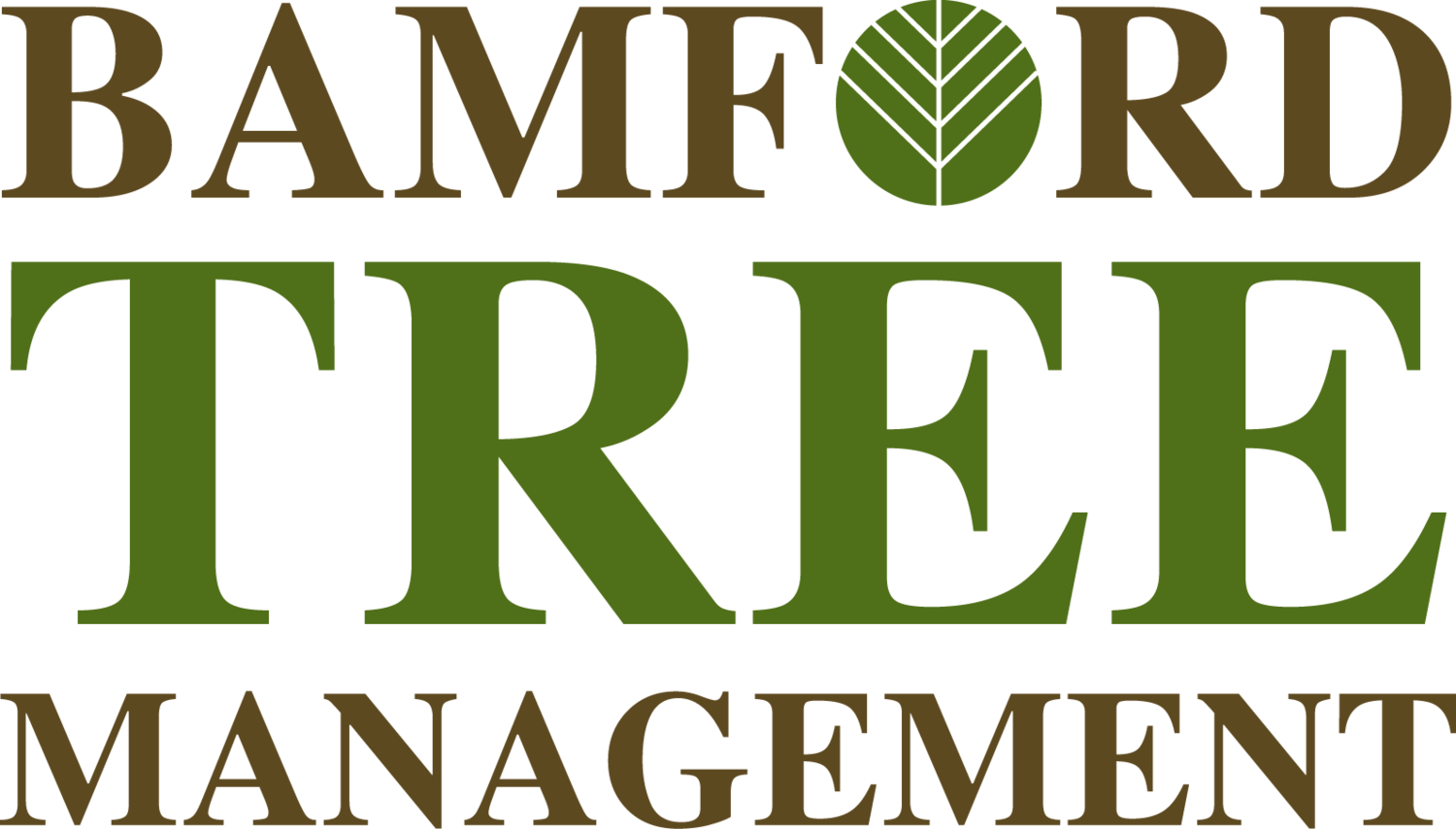Tree Surgery
Understanding and selecting the right treatment for your tree and then being confident it can be done safely and accurately is important. Bamford Tree Management take pride in the quality of our work and prefer to let the trees natural shape be maintained. We provide our clients with a maintenance regime, to promote tree growth, size, shape, fruit, flowers or timber quality.
Our work is carried out in accordance with the relevant British Standard 3998 Recommendations for Tree Work. A standard that promotes good basic pruning techniques to management of weak structures and decay.
If we do not assume any tree work is necessary we will say so, our preference is to build strong long-term relationships with clients. A site visit, listening to your requirements and taking any constraints into account are all part of the process of coming up with the right tree treatment. Below are the more common ways in which trees can be managed.
Crown Thinning
The removal of a proportion of secondary live branches evenly throughout the crown. The overall outline or shape remains unaltered. This treatment can increase the amount of light passing through, reduce wind resistance and also reduce the weight of heavy branches. Excessive thinning and individual responses of different species can result in rapid growth of new material. Normally specified as a percentage to be removed.
Crown Reduction
The overall height or spread of the tree is reduced by the removal of the ends of branches, whilst maintaining the trees natural shape as far as possible. Ideally the reducing cuts should result in pruning wounds of greater than 1/3 of the diameter of the branch remaining. Excessive reductions can stress trees and weaken them making failure and decline more likely or rapid than if no pruning had been done. We can specify the correct type of crown reduction within the parameters of tree species and location, to benefit the health of your tree.
Crown Lifting
Removal of the lowest branches and preparation of lower branches for future removal. Ideally large pruning wounds directly on the stem should be avoided as these may reduce the life of the tree. This treatment can also increase the amount of light under the main crown and give access under the crown for either gardening purposes or driveway access. Crown lifting is often necessary to provide adequate clearance for traffic and pedestrians on roadside trees. 5.2m and 2.5m respectively in accordance with the highways agency.
Pollarding
This is the removal of new growth from a particular point on a regular basis (every 1-2 years). The term is also commonly but incorrectly used to describe the removal of all branches leaving a stem on a previously unpollarded tree.
Felling/Dismantling –
In some circumstances trees may need to be removed completely. This may be the most appropriate solution for a tree that is decayed from disease and is a growing or immediate danger. Where conditions allow it a tree may be felled (perhaps if it is located in a wood or open field) or it may need to be removed in sections. This is a more appropriate method in tight spaces, small gardens, within close proximity to buildings or where no ground disturbance is allowed. When dismantling a tree lowering techniques are employed to achieve full control of the wood by the use of a range of rigging ropes (appropriate to the section mass and likely resultant forces), pulleys, and winch like anchors at the base of the tree. Cranes may also be an option depending on access and ground stability.
New Planting
We can recommend, supply and plant trees in a wide variety species, sizes and locations, from bare root transplants through to large container grown specimens. Bamford Tree Management can offer guidance planning and aftercare for garden ornamentals, fruit trees and private collections, including arboretums.
Stump Removal
For smaller trees and shrubs stumps or roots can be dug or winched out by hand. For larger stumps or where there are many, the use of our stump grinder makes the job more efficient. Ground disturbance is minimal and as much or as little of the stump removed as desired. Our standard procudure is to remove around 300mm of wood and roots below ground level. Any radial roots near or on the surface will then be removed – hence a small cherry may be a more involved job than a larger oak. The arisings are a mixture of soil and stump chips or shreds and can be re-compacted back into the hole. This is an ideal planting medium for replacement trees.
